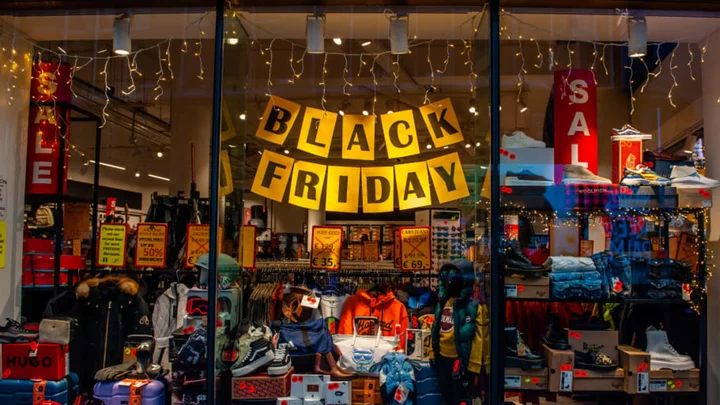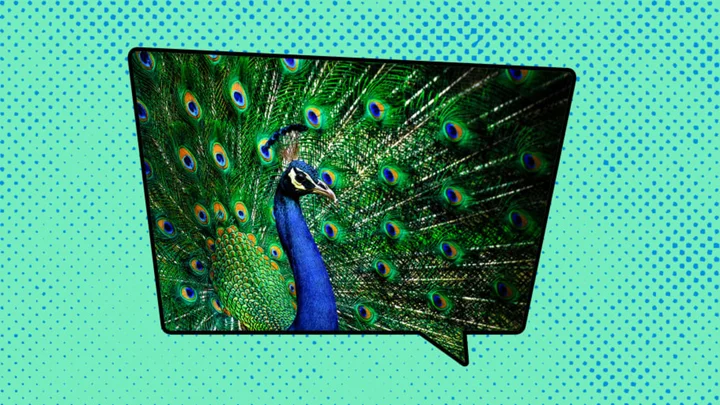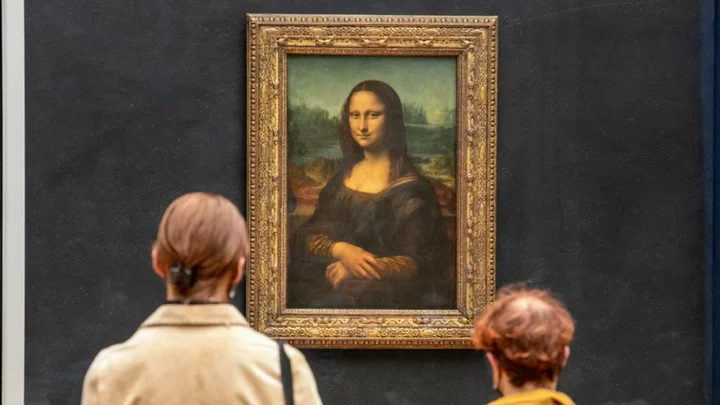For many, Black Friday—which in 2023, falls on November 24—is the official start of the holiday shopping season. In years past, it’s often referred to as the busiest shopping day of the year, although recent sales events like Amazon Prime Day and Way Day (Wayfair’s own version of Prime Day) are starting to give it a run for its money—literally.
Regardless of which sale you think is the biggest, Black Friday has certainly been around the longest. But where did this tradition start, and just how big is it? Here are the answers to a few frequently asked questions about the history of Black Friday. Hopefully they’ll give you some good talking points while you’re in line outside Best Buy at 4 a.m.
Where does the phrase Black Friday come from?
It’s hard to say when the day after Thanksgiving turned into a retail free-for-all, but the first known usage of the term Black Friday dates back to the late 19th century. According to The History Channel, it was first used in reference to the crash of the U.S. gold market on September 24, 1869.
The connection to the holiday season is a little more vague, but according to Britannica, use of the phrase Black Friday in relation to a widespread sales event might have originated in the early 1960s, when Philadelphia police officers reportedly used it to describe “the chaos that resulted when large numbers of suburban tourists came into the city to begin their holiday shopping,” as well as certain sporting events.
By the late 1980s, it had caught on around the U.S., and retailers began to market around it. Specifically, the event became associated with the idea that stores operate at a loss (or are “in the red”) throughout the year, but are able to earn a profit (or, go “into the black”) on the day after Thanksgiving, as it’s when shoppers are most likely to spend money on gifts.
Another factor at play is that in the past, most stores adhered to an unwritten rule that holiday shopping season didn’t start until after Thanksgiving, so no stores would advertise holiday sales or aggressively court customers until the Friday immediately following the holiday. Thus, when the floodgates opened on that day, it became a huge deal.
Were retailers always hoping for an early Thanksgiving?
You bet. They weren’t just hoping, though; they were being proactive about it.
In 1939, the Retail Dry Goods Association warned Franklin Roosevelt that if the holiday season didn’t begin until after Americans celebrated Thanksgiving on the traditional final Thursday in November, retail sales would go in the tank. Ever the iconoclast, Roosevelt saw an easy solution to this problem: he moved Thanksgiving up by a week. Instead of celebrating the holiday on its traditional day—November 30th that year—Roosevelt declared the next-to-last Thursday in November to be the new Thanksgiving, instantly tacking an extra week onto the shopping season.
However, Roosevelt didn’t make the announcement until late October, and by then most Americans had already made their holiday travel plans. Many rebelled and continued to celebrate Thanksgiving on its “real” date while derisively referring to the impostor holiday as “Franksgiving.” State governments didn’t know which Thanksgiving to observe, so some of them took both days off. In short, it was a bit of a mess.
By 1941, though, the furor had died down, and Congress passed a law that made Thanksgiving the fourth Thursday in November, regardless of how it affected the shopping day that would become known as Black Friday.
Is Black Friday really the biggest shopping day of the year?
Given the popularity of Prime Day, Way Day, and most recently, Cyber Monday (which is the Monday following Black Friday, where more deals are typically released online), it’s easy to wonder nowadays if Black Friday is still the biggest shopping event of the year.
The truth is, major retailers don’t need it to be profitable; they’re generally making money—or at least striving for it—throughout the entire year. (A company that turned losses for three quarters out of every fiscal year wouldn’t be a big hit with investors.)
That said, it’s certainly the one day of the year where you can expect basically all major retailers—from Amazon to Target, Walmart, Best Buy, and others—to release discounts on many top-rated items. While there are sales throughout the year, Black Friday effectively functions like the Super Bowl of savings, and you can expect to find markdowns at almost every store or e-commerce website. Given the competition, many businesses are now hosting early Black Friday sales, and will drop some of their biggest deals on Thanksgiving night, to get a jumpstart on things.
Do people really get injured on Black Friday?
Sadly, yes. While the ability to shop online has helped to reduce the number of in-store crowds on the big day, there have definitely been instances in the past where people have gotten harmed while shopping during it.
One of the most tragic Black Friday incidents happened in 2008, when 34-year-old seasonal Walmart employee Jdimytai Damour was killed during a stampede caused by a massive Black Friday crowd at a retail location in Long Island, New York.
Also in 2008, a fight broke out between a young woman and a man at another Walmart store in Columbus, Ohio, over a 40-inch Samsung flat-screen television. It was $798, marked down from $1000. The New York Times reported that the not-so-aptly-named Nikki Nicely, 19, leapt onto a fellow shopper’s back and began pounding his shoulders violently when he attempted to purchase the television. “That’s my TV!” Nicely reportedly shouted. The fight was broken up by a police officer and security guard.
The aggression wasn’t confined to just one year, either: In 2010, several shoppers in Buffalo, New York were trampled trying to get into a Target. One of the victims, Keith Krantz—who was pinned against a metal door support and then shoved to the ground—revealed that he thought he would be killed.
In an effort to promote safety, many experts recommend shoppers proceed with caution by wearing comfortable shoes with sturdy soles (so they’ll be less apt to trip); try to avoid rushing or pushing to the front of a crowd; stay alert; and above all, exercise patience and consider shopping with a friend or trusted group, so you can look out for each other.
Haley Sweetland Edwards contributed to this story, portions of which originally appeared in 2009. This story has been updated for 2023.
This article was originally published on www.mentalfloss.com as A Brief History of Black Friday.









